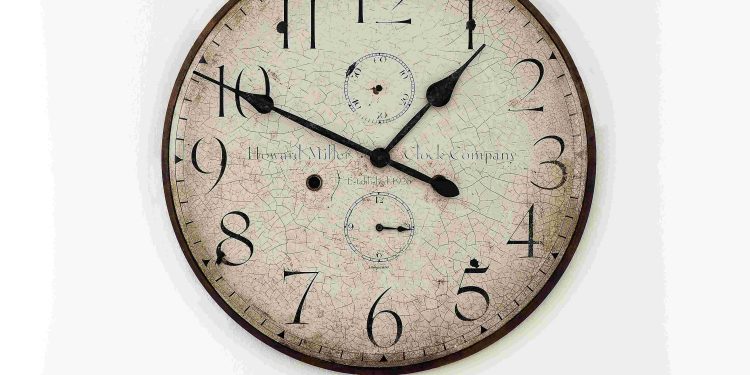Vintage Home Décor Ideas

In a world dominated by mass-produced furniture and fleeting interior design trends, vintage home décor holds a mirror up to the enduring charm of history. It is not just a style; it is a philosophy, a reminder that beauty often lies in imperfection and age. Vintage design challenges the modern obsession with newness, offering instead a timeless journey into eras filled with craftsmanship and stories. But why does this style resonate so deeply? Why do countless homeowners and designers insist on reviving furniture and accents from the past?
Personal Stories: Finding Meaning in the Old
Years ago, I stumbled upon an old, weathered armchair at a yard sale. Its fabric was faded, and the wood frame bore scratches accumulated over decades. To most, it was simply a piece of junk, but to me, it carried a silent narrative. Where had it been? Who had sat in this chair and shared stories over tea or sipped whiskey while pondering life’s mysteries? Restoring it, piece by piece, felt like reviving a forgotten tale—a connection to strangers and shared humanity.
This sentiment transcends personal ownership; it challenges society’s incessant push towards disposability. Are we too quick to discard what may still hold value? Vintage home décor is more than an aesthetic preference; it’s a rebellion against the transient nature of fast furniture and the unsustainable practices embedded within modern consumer culture.
Broadening Horizons: Cross-Disciplinary Inspirations in Vintage Design
Let’s take this concept across layers of knowledge. Philosophers like Søren Kierkegaard often mused about the importance of reflection—of sitting with the old to make sense of the new. Similarly, psychological studies in nostalgia show us that revisiting past aesthetics fosters comfort, identity reinforcement, and emotional well-being. Businesses like restoration shops are now thriving precisely because they align with growing demand for sustainable, meaningful purchases.
Technology, surprisingly, works hand-in-hand with vintage design. AR tools allow designers to envision vintage-inspired spaces digitally before committing to restoration or remodeling. While this appears contradictory—mixing the old with the ultra-modern—it reinforces the idea that old and new can coexist harmoniously.
Pushing Boundaries: Challenging Conventional Wisdom
Let’s reconsider the idea that vintage décor is incompatible with minimalist lifestyles. Critics often argue that vintage’s complexity clashes with the clean lines and unembellished spaces favored in minimalism. But this is a shallow interpretation. When used thoughtfully, vintage pieces can anchor a minimalist room, making it more soulful and uniquely personal. For instance, integrating an ornate Victorian mirror into a stark white living room creates a striking balance between richness and restraint.
Similarly, buying secondhand furniture is often stigmatized—perceived as settling for less. But buying vintage is not settling; it is prioritizing craftsmanship and sustainability. It is investing in pieces with longevity and emotional resonance, rather than fleeting appeal.
Practical Advice: Bringing Vintage Home
-
Start Small:
Introduce vintage elements via accents like lamps, mirrors, or wall art instead of overhauling the entire room. -
Blend Eras:
Marry mid-century modern chairs with rustic farmhouse tables to create a curated and eclectic look. -
Prioritize Quality:
Focus on materials like hardwood, leather, or wrought iron. These materials not only age beautifully but align with the timeless appeal of vintage interiors. -
Create Focal Points:
Choose one vintage statement piece in each room—whether it’s an intricate chandelier or a vintage trunk repurposed as a coffee table. -
Educate Yourself:
Research the stories behind your chosen pieces. Not only does this deepen your appreciation, but it also makes for fascinating conversation starters.
Looking Ahead: The Future of Vintage Design
The future of vintage home décor is poised to thrive because of mounting concerns around climate change and resource scarcity. As more consumers understand the environmental impact of fast furniture, vintage design offers an ethical alternative. Restoration businesses, augmented by advanced tools and techniques, are already carving a niche market.
Moreover, the digital space—platforms like Etsy or eBay—brings vintage treasures to the fingertips of a global audience. And why stop at decorating homes? One can foresee the principles of vintage design influencing workspaces, public venues, and even event planning.
Taking Action: Learning and Growing with Vintage Décor
Embracing vintage home décor is not just about acquiring beautiful furniture—it’s about cultivating an appreciation for craftsmanship, history, and sustainability. When you restore or preserve a vintage item, you nurture patience, creativity, and diligence.
So, start exploring antique markets, estate sales, or your grandparents’ attic. Look for items that resonate or intrigue. But most importantly, challenge yourself to see beauty in the imperfect, to value the stories behind every scratch or fabric tear. By doing so, you’re not only enhancing your living space but also enriching your perspective on life itself.








